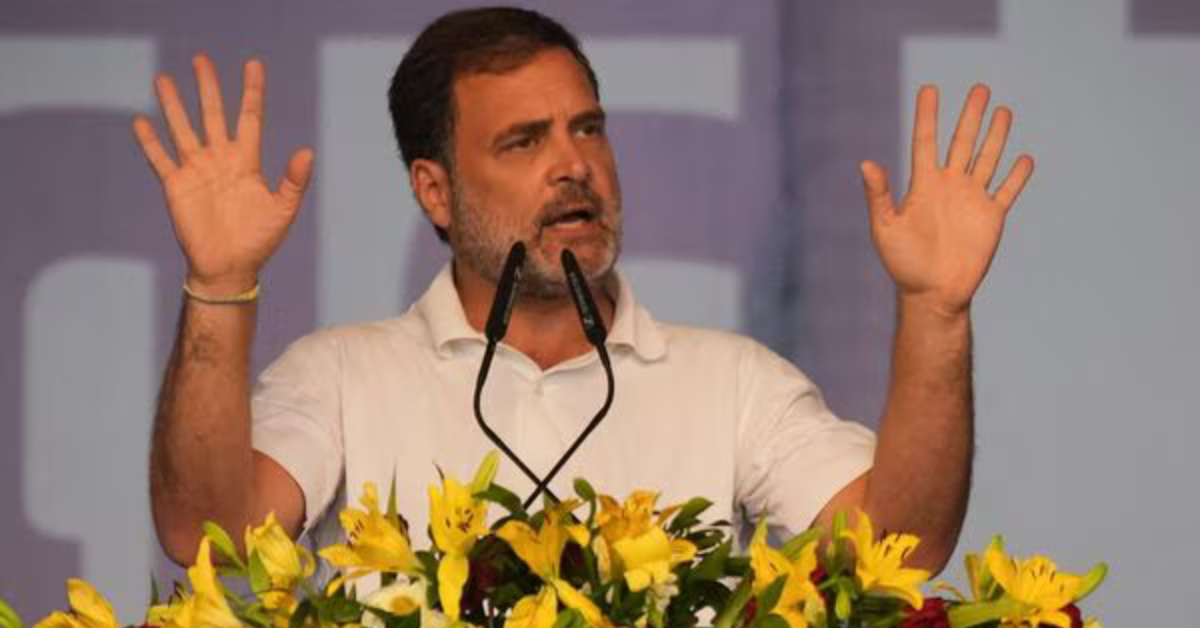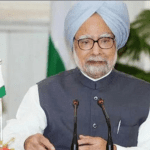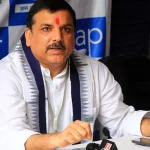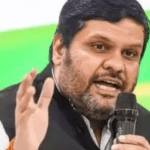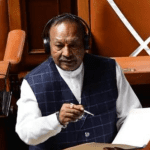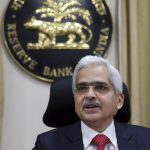Analyzing Rahul Gandhi’s Financial Portfolio: Expert Perspectives
Former Congress President Rahul Gandhi’s recent disclosure of his financial assets, amounting to ₹20 crore, has drawn attention from financial experts across the board. As he files his nomination papers from Wayanad in Kerala for the upcoming parliamentary elections, his financial portfolio has become a topic of discussion among financial pundits.
Decent Portfolio, But Room for Improvement
Financial experts have weighed in on Rahul Gandhi’s portfolio, offering insights into its strengths and areas for enhancement. Deepesh Raghaw, a Sebi-registered investment advisor, commended the overall structure of the portfolio but noted a high allocation to small-cap funds, which he deemed risky. He suggested a more balanced approach with a higher allocation to fixed-income assets and a reevaluation of small-cap fund investments.
Conservative Investment Strategy
Amol Joshi, founder of Plan Rupee Investment Service, characterized Gandhi’s portfolio as conservative, with a majority of assets invested in property. While acknowledging its prudence, Joshi refrained from offering specific suggestions for improvement, citing a lack of information on Gandhi’s risk appetite and financial goals. However, he proposed reallocating a portion of the investment in regular savings debt funds to flexi-cap funds to capitalize on market fluctuations.
Balancing Physical and Financial Assets
Sridharan S, Founder of Wealth Ladder Direct, advocated for a more balanced allocation between physical and financial assets. He recommended a higher proportion of investment in financial assets, emphasizing the importance of diversification and risk management. Sridharan stressed the significance of debt assets in the portfolio, proposing an ideal allocation of 40% equity, 20% debt, 10% gold, and 30% real estate.
Streamlining Equity Investments
Preeti Zende, a Sebi-registered investment advisor and founder of Apna Dhan Financial Services, highlighted the clutter in Gandhi’s equity stock portfolio, suggesting a streamlined approach focusing on top-performing sectors and companies. Zende recommended reducing exposure to regular mutual fund plans in favor of index funds to mitigate risk and minimize commission costs.
As financial experts scrutinize Rahul Gandhi’s portfolio, it becomes evident that while it exhibits prudence and diversification, there is room for refinement and optimization. Whether it’s rebalancing asset allocation, streamlining equity investments, or reducing clutter in mutual fund holdings, there are avenues for enhancing the portfolio’s performance and resilience. As Gandhi navigates the political landscape, his financial decisions will undoubtedly play a crucial role in shaping his future endeavors.
